He can do whatever he wants. And that's exactly what he does: what he wants. For example, building a garden centre where trees grow through the roof.
This garden centre, where the trees reach for the sky, is located in Siegen, Germany and belongs to Alexander Kremer. Because this man doesn't do things the way others say they have to be done (because that's supposedly the only way), he does them the way they suit the company he runs. "That suits us" or "that doesn't suit us" – he often says this when talking about his company, which he took over from his father in the fourth generation and which he wants to pass on to the fifth generation in better condition than he received it, just as his ancestors did.
As things stand and the way things are going at the moment, he will succeed. The bar is set high. "We had garden centres that were extremely successful," he says, adding immediately: "But at some point, they no longer suited us." And above all, he did not see a promising future for them in his company. "Let others build plant supermarkets."
Alexander Kremer has found a new guiding principle for himself and his garden centres, which he is using to shape his company: "Closer to nature." Consequently, he now only operates what he calls natural garden centres. This began in 2020, when the market – including the garden museum – was completely rebuilt at the headquarters in Lennestadt-Altenhundern, North Rhine-Westphalia, Germany. Two years later, the Remscheid store with its Greenopia exhibition was converted, followed by the Lüdenscheid store in 2023 and Gummersbach last year.
And now store number five in Siegen, opening in mid-March 2025: it is the first newly opened Kremer location since Lennestadt and the first completely new development since Lüdenscheid, which opened in 2011. It should actually have come much earlier, as negotiations with the property owner Ikea, who has a site opposite, began 17 years ago. But it took three years to reach an agreement – and immediately after signing the contract, Alexander Kremer did something that one doesn't normally do: he announced the opening date down to the day. He kept to it – almost: despite all kinds of difficulties, the store opened with only a week's delay.
The new Siegen store is not just another off-the-peg garden centre: "Every garden centre should be unique," emphasises Alexander Kremer. He is certain that copy and paste would be a mistake. So, after the garden museum and Greenopia in the university town of Siegen, he has created a nature campus: a garden centre as a place of learning, so to speak. There is plenty to read and learn from the 120 information boards distributed throughout the sales area. Why 120? This year, Kremer is celebrating its 120th anniversary. In autumn, all 120 garden and nature stories will be compiled in a book.

Story number 1, for example, explains to customers at the entrance the idea of giving nature the leading role over architecture. To be honest, it's hard to miss. Even before you reach the façade, a pine tree towers into the sky – obscuring the Kremer logo. What would be a no-go for any brand-conscious retailer is simply a matter of consistency for Alexander Kremer. (Including the anecdote about how he acquired the rather crooked tree, which the nursery had actually already sorted out and which Kremer saved, so to speak.)
An even worse "you just don't do that" are all of the more than 150 trees described at the beginning, which literally stand in the centre of the building: Although the 15,000 m² site is actually 5,000 m² too small, Kremer has reserved a whopping 1,000 m² for this "Garden of the Future", as the area is called (others would say "wasted"), and has had a fog machine installed, for example, which starts up every few minutes and creates a very forest-like atmosphere.
Because all the landscape gardeners he asked – another anecdote – turned him down with the comment "That's not possible", Kremer took on the tricky task of planting the future garden with trees up to 70 years old, sourced from German tree nurseries, himself: A trained young landscape gardener from the in-house team laid out the garden with the support of a civil engineering company. "They had the better excavators anyway," was the comment.
Of course, the architects also had reservations about the open-top construction in the middle of the glass house. Alexander Kremer overcame these too. Another special feature of the building is its height: it is actually not a special Venlo greenhouse, just a particularly high one with a ridge height of 7 metres to create a spacious feeling and ensure pleasant temperatures in summer.
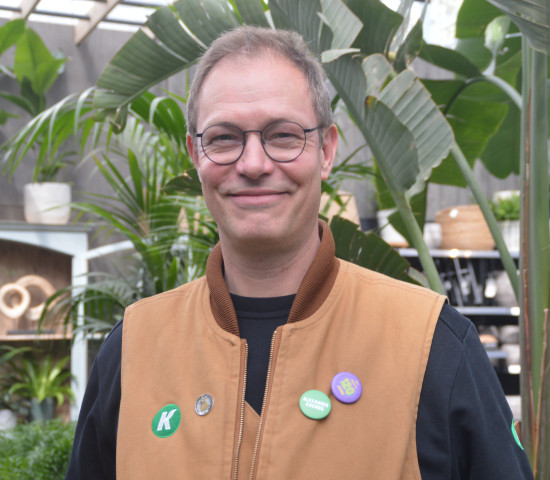
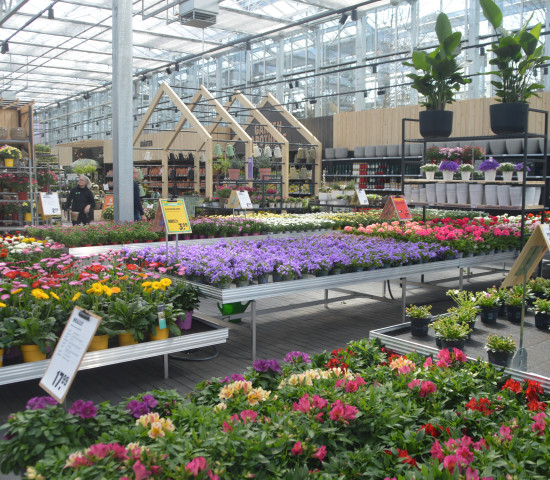
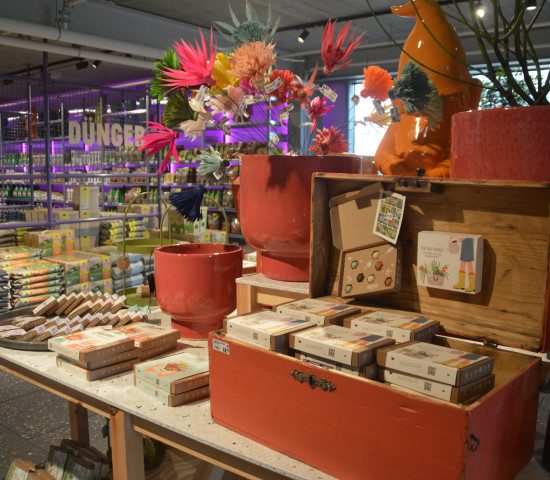
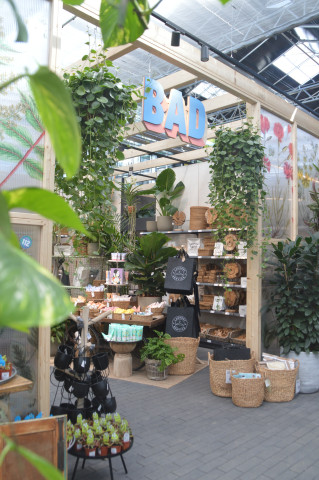
Even though each of his five garden centres is unique, even an innovator like Alexander Kremer does not reinvent shopfitting and product presentation every time. The look of the plant tables and bridges with their wooden panelling and anthracite RAL-coloured metal supports, which has been used since the new building in Lennestadt, can also be found in Siegen. The lighting technology with its accent spotlights and the slightly darker wood of the wall panelling in the boutique have also been adopted. "This emphasises the high quality," says Alexander Kremer.
However, the tree nursery is doing things differently here. Instead of boring grey paving, (rather expensive) terrazzo slabs have been laid – but only for the wide main paths. The other paths are water-bound. But you don't do that – what if it rains? Then, says Kremer, there will just be a puddle. After all, this is a natural garden centre.
Visitors have a beautiful view of the tree nursery from the terrace of the garden café on the upper floor – and far beyond: the Siegen market is a real vantage point with an unobstructed view of the mountains of the Siegerland region.
Below the garden café, there is another genuine Kremer speciality. Alexander Kremer calls the section lined with anthracite-coloured walls, which is usually referred to much more soberly as "garden hardware", his "cabinet of curiosities". Instead of standardised shelving units, you will find elegant displays of gardening tools, water technology and fertilisers – and in the middle of it all "Wunderkammertische" (curio tables) with a rather wild mix of products. "Buy whatever you think is cool" was the only instruction the buyers received for these tables. And lo and behold: customers also find this mix cool – for example, a plant care kit next to neem oil, stylish watering cans and a stack of Plantopia books. Sales from these tables are good.
Speaking of sales: All of this – the old trees, the 120 stories, the terrazzo flooring (and we haven't even mentioned the custom-made table tops made from recycled materials with printed flower designs and meaningful quotes) – sounds a bit like "dying a noble death," and anyone who comes as a visitor rather than a customer can't help but wonder: Does something like this really pay off?
Here's an anecdote: In the first few days after opening, Alexander Kremer had to close his new garden centre several times because it was too crowded. Customers waited patiently until they could get in, and then in the checkout queue that stretched through several departments until they could leave again. "Sales in the first few weeks were twice as high as sales at our best-performing location," reports Kremer. "Individual product groups generated more sales than all other locations combined."
He can obviously do whatever he wants, and it works. Or perhaps that's precisely why: because he doesn't spend too much time thinking about why something shouldn't work. And because he only does things that fit with his attitude and his company.
And if you look at it objectively, you could also say that learning from Siegen means learning how to generate sales.
Rainer Strnad

 Menü
Menü




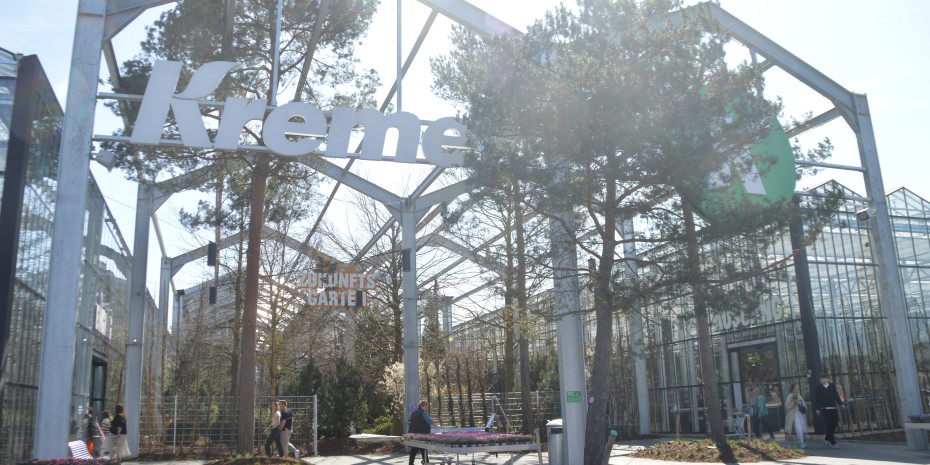
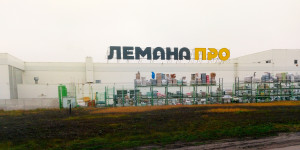

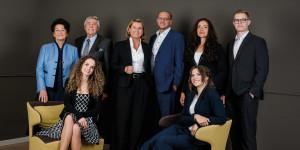
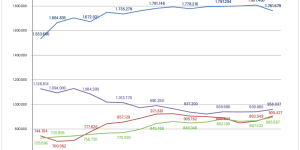
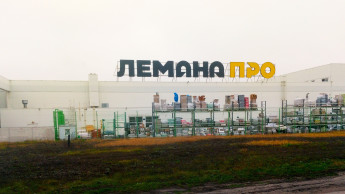
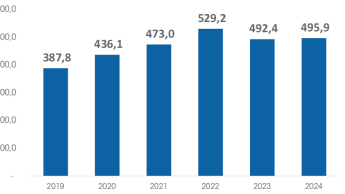
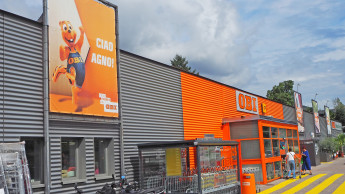
 Newsletter
Newsletter